Women’s History Museum is the future of New York fashion

New York-based fashion-art collective Women’s History Museum is fuelled by the city’s glamour and grit. With a new collection, and a bricks-and-mortar store causing buzz downtown, the brand’s two female founders are writing their own history.
Style
Words: Eni Subair
Taken from the new print issue of THE FACE. Get your copy here.
Even strangers can tell that Mattie Barringer and Amanda McGowan possess something special. That much became clear during a FACE shoot with the Women’s History Museum – not the actual museum in Virginia, but the art collective-slash-fashion line founded by the duo.
“We were shooting some guys on Canal Street [in downtown Manhattan] and there was this weird dude with fab style,” says 33-year-old Mattie, talking from inside the New York apartment she shares with Amanda, 34. “He was just like: ‘Oh, yeah! Let me not interrupt the future.’”
He’s not wrong. From exhibitions showcasing their artwork and designs to clothing pop-ups and short films, the pair have built a vision around finding beauty in the outré, one that allows them to be playful, dark and downright obscure. See: the hair comb bra from their first collection in 2015 (doesn’t cover much of anything); the multi-sensory, patchwork delight that was their fifth collection, Calico Svetlana, in 2018; or the newspaper scraps and lamé cut-out catsuits of 2020’s SEZX line.
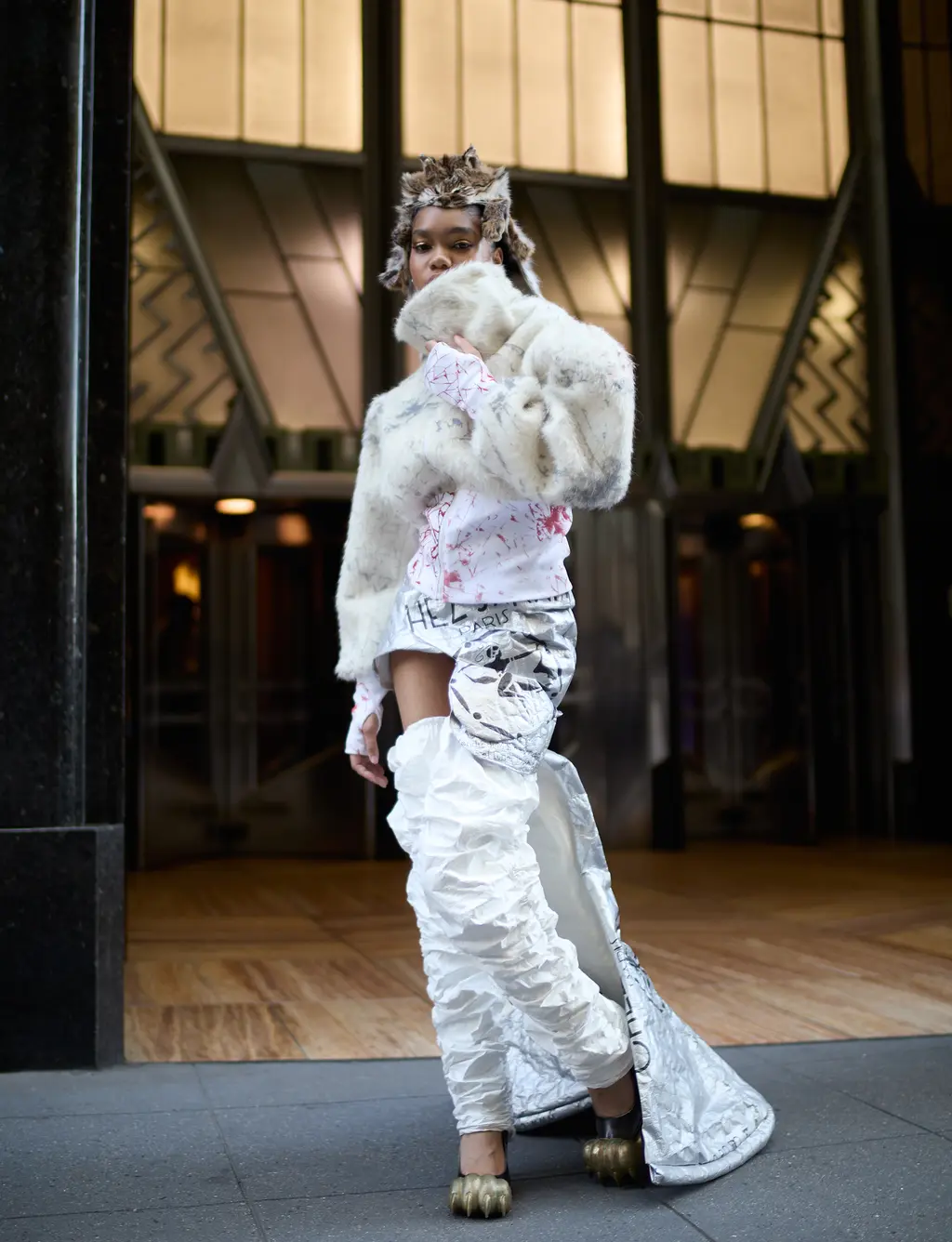
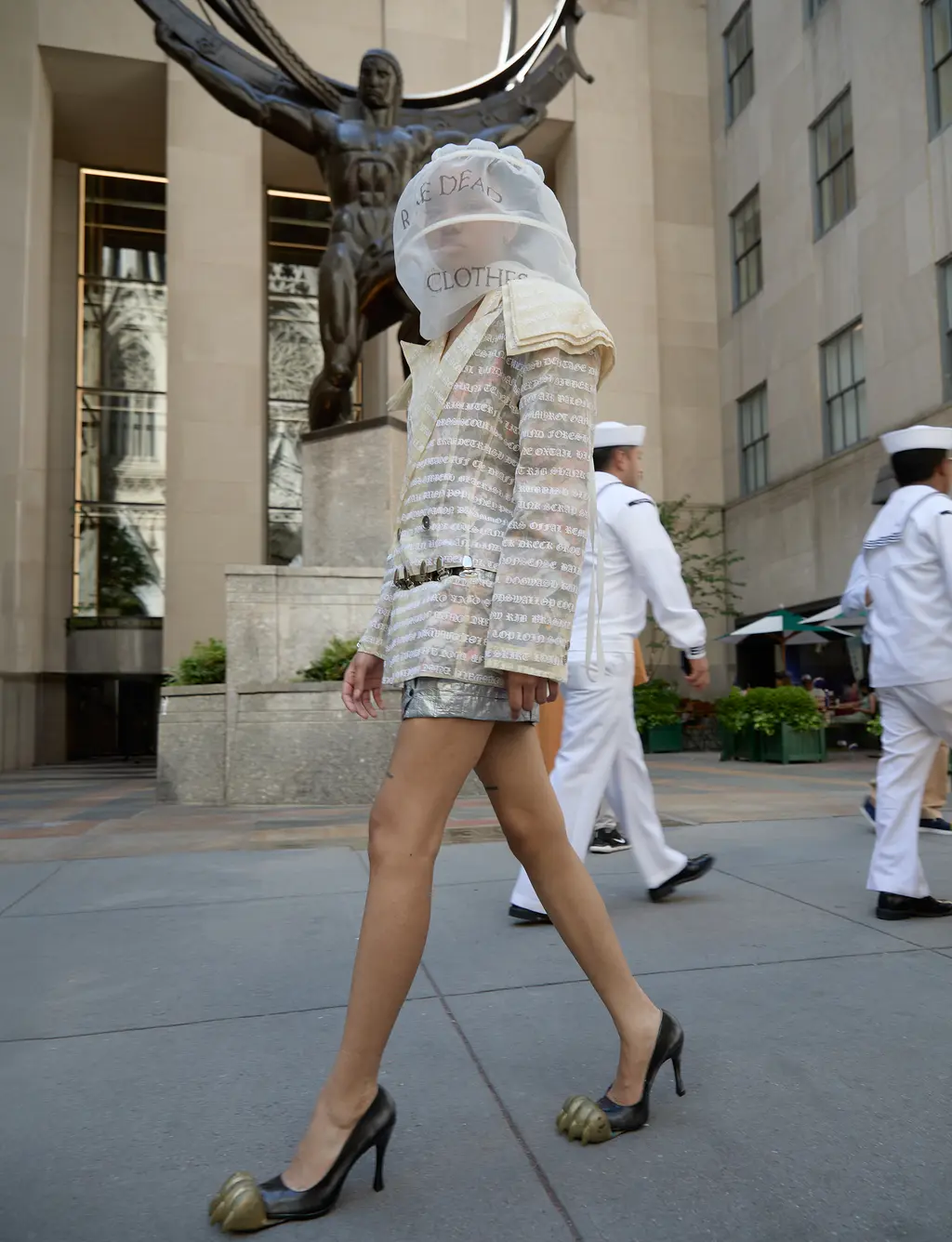
The pair met 10 years ago at New York University, where Mattie was studying cinema studies and Amanda was on a pre-med course, before pivoting to journalism. Hailing from Washington DC and New York respectively, they bonded over a shared love of niche clothing brands and second-hand shops near the cockroach-infested apartment they shared in Chinatown.
“It was cute!” insists Mattie, laughing. “Our parents were like: ‘This is a bad area, you got ripped off.’ Now it’s the best part of Chinatown – everybody’s there. [The apartment was] very New York glamour, but also disgusting. We were very much in our own world.”
It’s exactly that glam-but-gross juxtaposition that inspired Women’s History Museum’s latest collection, Enfer. That’s “hell” in French, since “the times we’re in feel quite hellish,” says Amanda. Debuting in February after a four-year runway hiatus, the show took place at 30 Wall Street, a 18th-century former banking hall that’s a stone’s throw from the Trump Building and New York Stock Exchange.
“It definitely felt similar to when we first started – [there was] a major feeling of: ‘We need to do something big,’” says Mattie. That something: a riotous collection that spanned (wait for it) a wig submerged in pills, dresses imprinted with rats, a meat playsuit, brass hooves, deconstructed vintage heels affixed with animal paws, antique boxing gloves found online, and the Empire State Building screen-printed onto dresses and jackets. “Pretty” is certainly not a word that springs to mind. But as a raw, unfiltered, street-level, street-real love letter to New York, it did the job nicely.
It was about “accepting the darker aspects of the city, while also trying to speak about what we love about living here,” says Amanda. The pair made use of ideas they’d sat on during the pandemic – their love-hate relationship with New York and how it puts people in Big City Survival Mode – and called on friends to star in the show, most notably Snowpiercer’s Rowan Blanchard, who walked in two different looks.
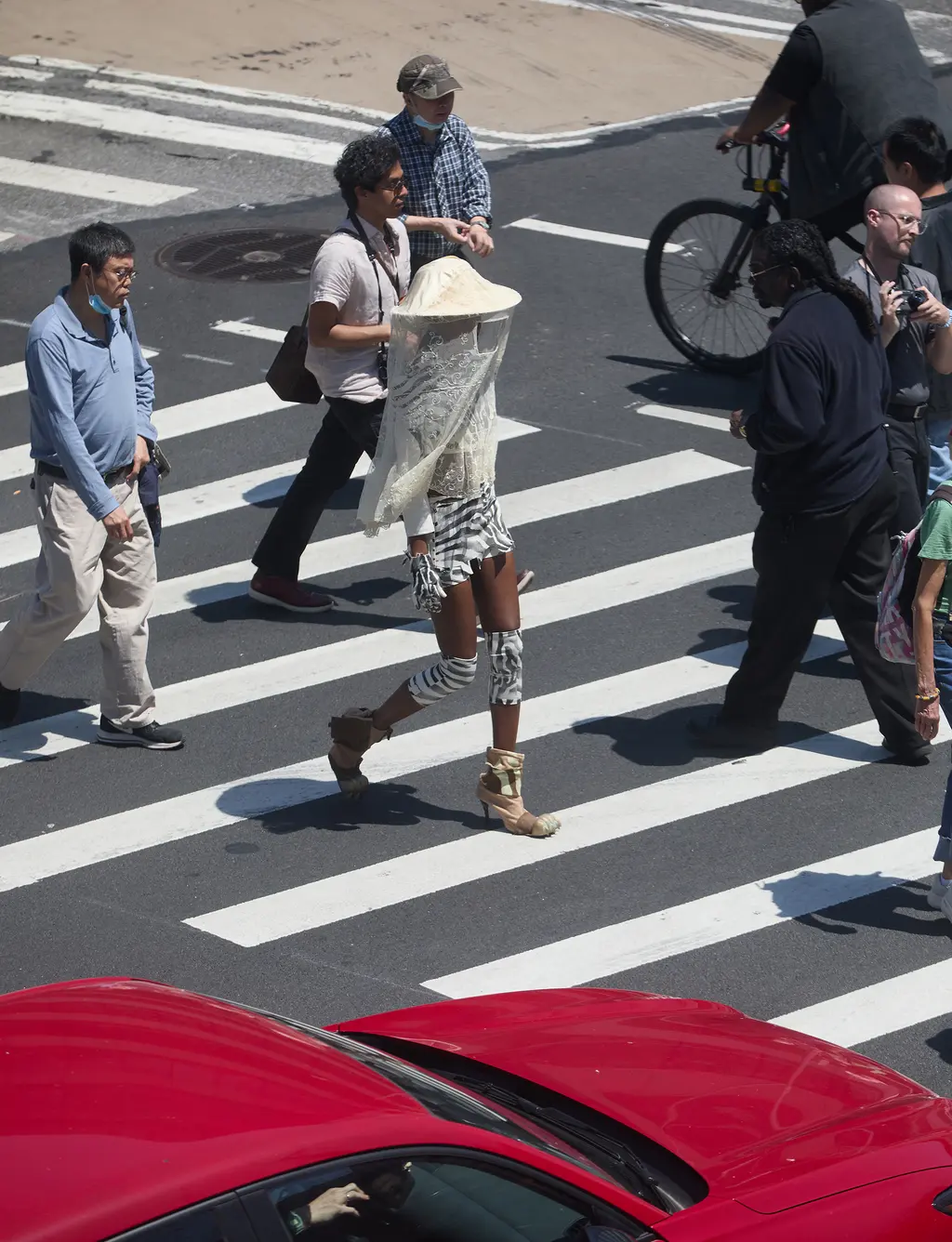
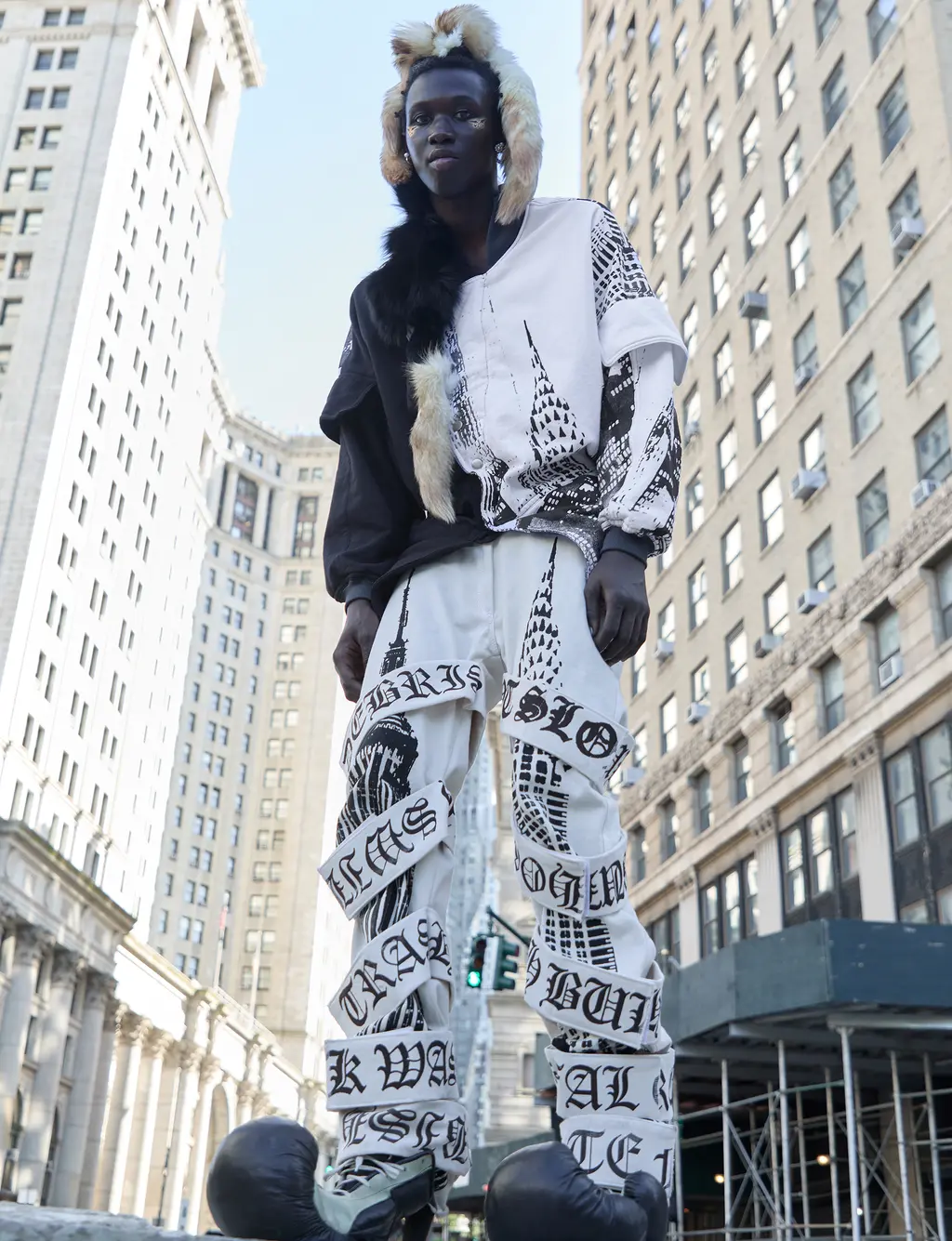
Some may find Women’s History Museum’s designs extreme, even garish, but creating garments that question and reflect the current climate has always been the goal. Last year, the pair found a physical space in which to manifest their ideas, swinging open the doors to their vintage shop on grungy Canal Street. Inside, wallpaper gives the effect of paint peeling from the walls, while mannequins are dressed in Vivienne Westwood corsets, patchwork Women’s History Museum skirts and layered jewellery.
“Being able to go between fashion and art and then start our own vintage store is something we feel grateful for,” says Mattie. “But it sometimes felt like we were doing things the ‘wrong’ way.” They’re clearly doing something correct: they’ve made fans of fellow designers Matty Bovan and Torishéju Dumi, and cool kids are constantly swarming their vintage shop. That appreciative rando on the street was bang on: Women’s History Museum are the right-here, right-now future.
Hi Mattie and Amanda! How did you come to start working on your brand?
MATTIE: Amanda studied pre-med during her first year at NYU, then studied journalism after that. I studied cinema studies at Tisch [School of theArts] in NYU, which was interesting but not creative. Then we both transferred into this other school in NYU called Gallatin [School of Individualised Study], where Dakota Fanning and Mary Kate and Ashley went.
AMANDA: It was basically a way to secretly take art classes without my parents knowing. We met there and wanted to make a magazine together. I’m still obsessed with magazines. Then we were like: wait, you need a ton of money to start a magazine. We took a class about magazines and that killed the dream instantly! We knew we wanted to do something together, but didn’t know what it was. The fact that we had such a relationship [with clothing] meant it happened organically.
What was your understanding of fashion at the time?
M: I feel like fashion is more mainstream since the internet has morphed. A lot of younger college students are more experimental with fashion now. But at the time, that was not the case. We were not the norm for students. We were in our own world with how we liked to dress and what we were interested in.
How did you dress as students?
M: We were really into Opening Ceremony, because we were in college from 2008 to 2012 and met in 2010. That’s where I found out about a lot of brands. I was also wearing House of Holland.
A: That was where we had our first friendship date and decided to hang out. [We were] dropping off our resumés at Opening Ceremony, trying to work there. Then we were into Eckhaus Latta because Mattie was interning for them. That was when there were all these newer brands doing stuff we were interested in. But we wore a lot of vintage, too. We went to [thrift store] Beacon’s Closet, Etsy…
M: Amanda introduced me to Etsy. We would have these hangouts where we’d be on Etsy all day, looking for stuff. Amanda had this crazy coat that was curly Mongolian lamb fur. I was definitely inspired by what Amanda was wearing.
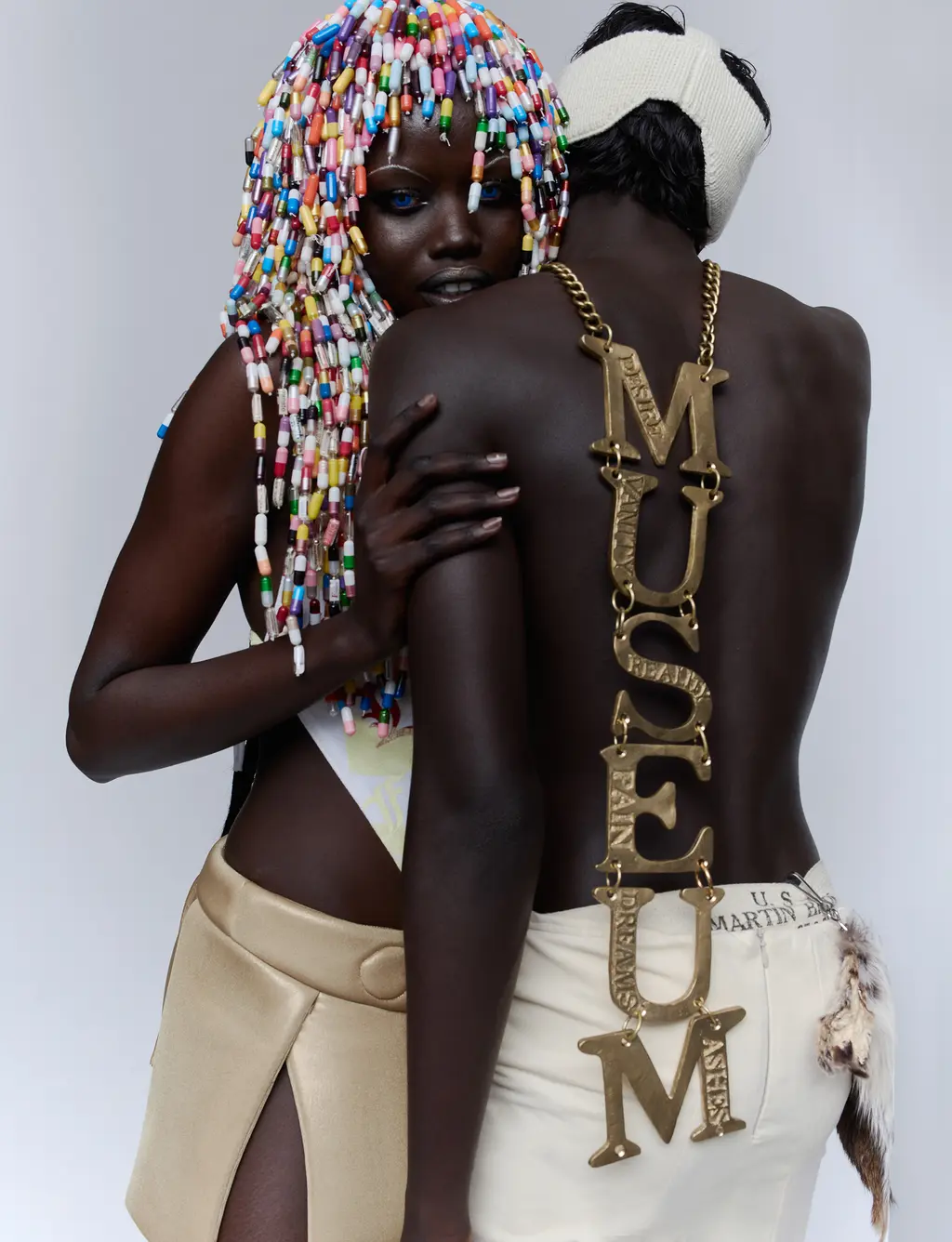
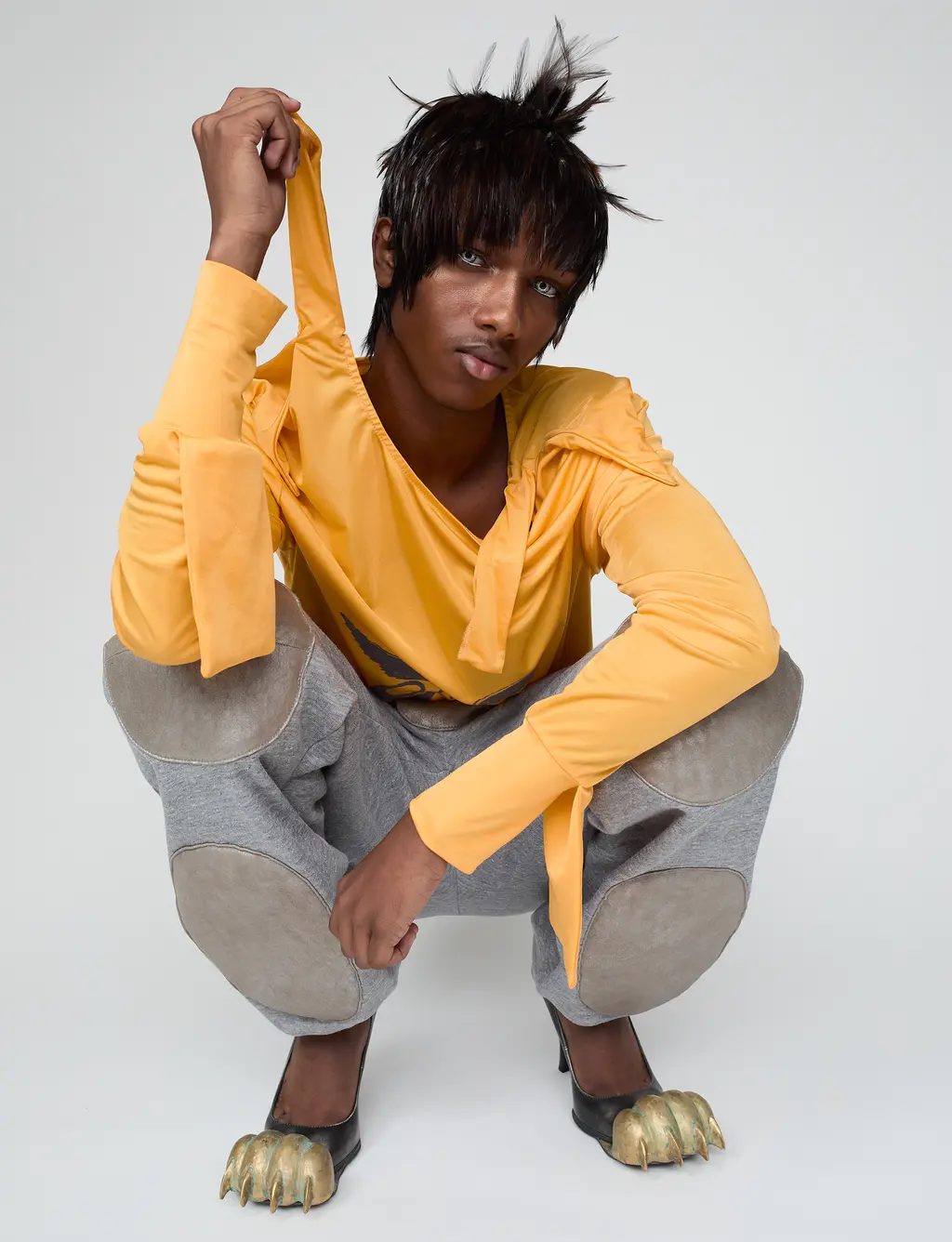
You’re self-taught designers. How did you pivot from the idea of wanting to make a magazine to starting a brand?
M: The artist Donna Huanca, a co-worker at the thrift store I worked at, had a solo show on the Lower East Side. Without having seen any of the stuff we had made she said: “Oh, I like your style, why don’t you two do something in the windows?”
How did you come up with the name?
M: We’ve always had this delusional aspect where we referred to our project as Women’s History Museum before we even made anything. We considered our closet of stuff as an archive or museum. But it took us a while – two or three years – to get started.
What motivated you both to keep going with the brand?
A: When we started, I had no experience working with another person and initially it was difficult. Through our various arguments and challenges we started to understand each other on a deeper level. There’s a reason a lot of people don’t work in long-term collaborations – it takes work – but we have such respect for one another.
M: The challenge motivated me. I’ve always been a relationship-driven person and, even when things were rough, I never questioned whether we were going to be friends. It just is. Our work is an extension of the friendship that we have and the world we envision through it.
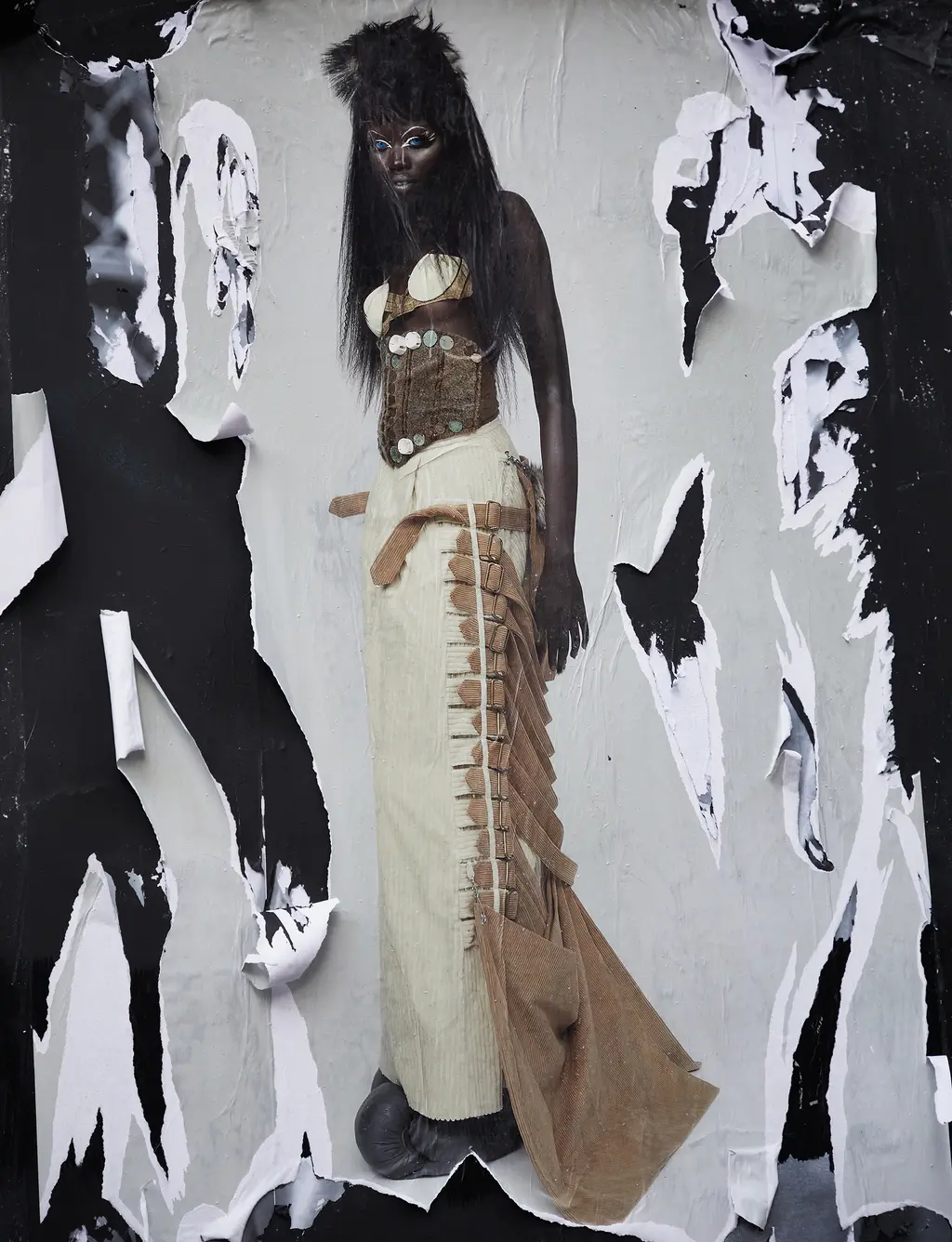
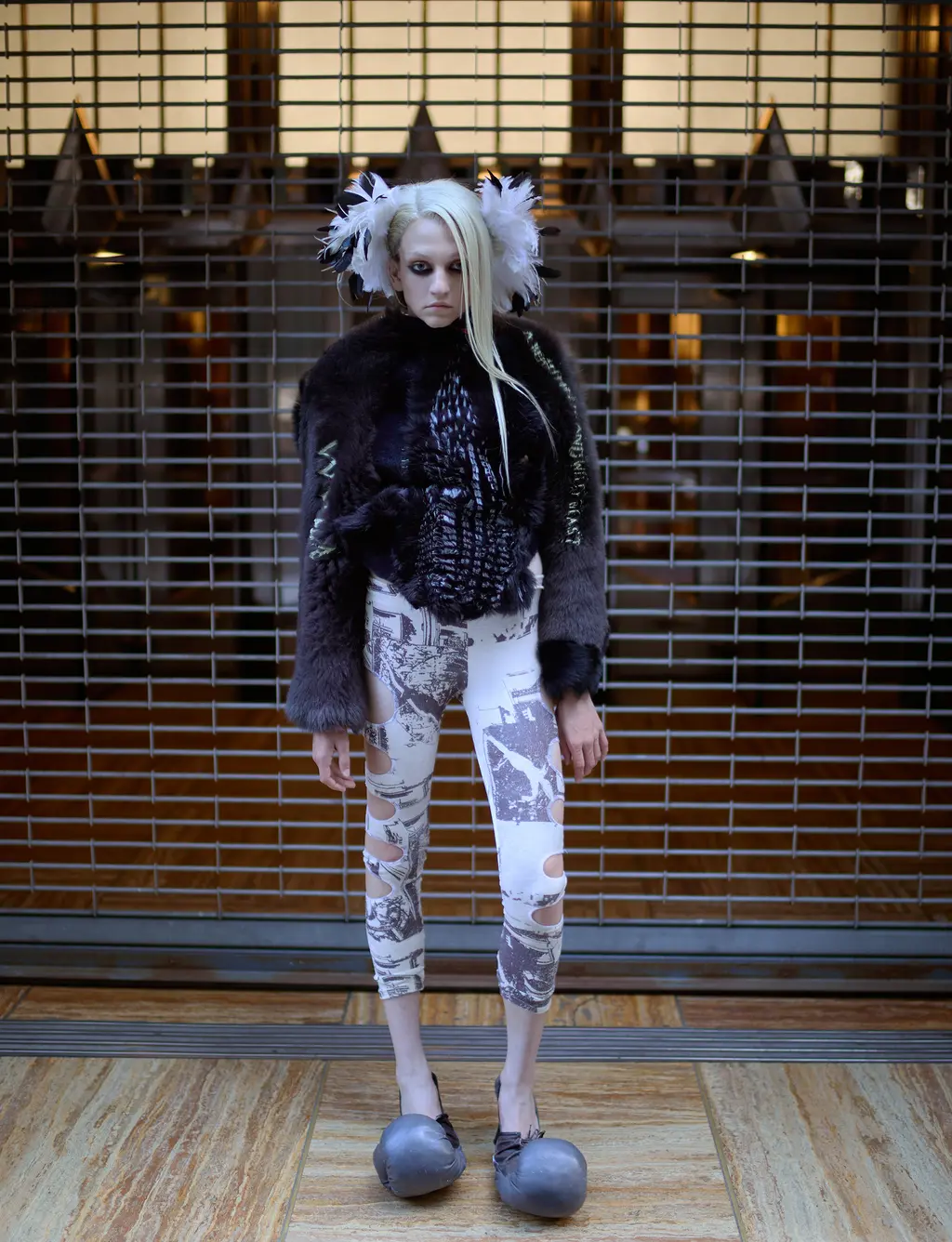
What were you trying to convey with your last collection?
M: It’s funny because, with the store, we have a whole new audience of people who weren’t even aware of our fashion work. Some people think this is the first show we’ve ever done. We had a lot of ideas stored during the Covid era and felt this strong urge to do a show – it was very much informed by seeing the grotesque side of New York. Rowan Blanchard walked in the show.
How did you guys meet?
M: Through our friend, Bobbi [Salvör Menuez, an actor]. Rowan came to a sale we did and we just liked each other. She’s so cute and cool. Me and Amanda would run into her on the street and chat. So we asked if she wanted to model for us. She’s a real celebrity, so I was not expecting her to say yes.
A: [She was] one of the chillest models. Some people were like: “Oh, I don’t want to wear that.” She wore two looks because a few people got sick the day of the show. We asked her: “Can you just wear this other look at the last minute?” She said, “Yeah, sure!”
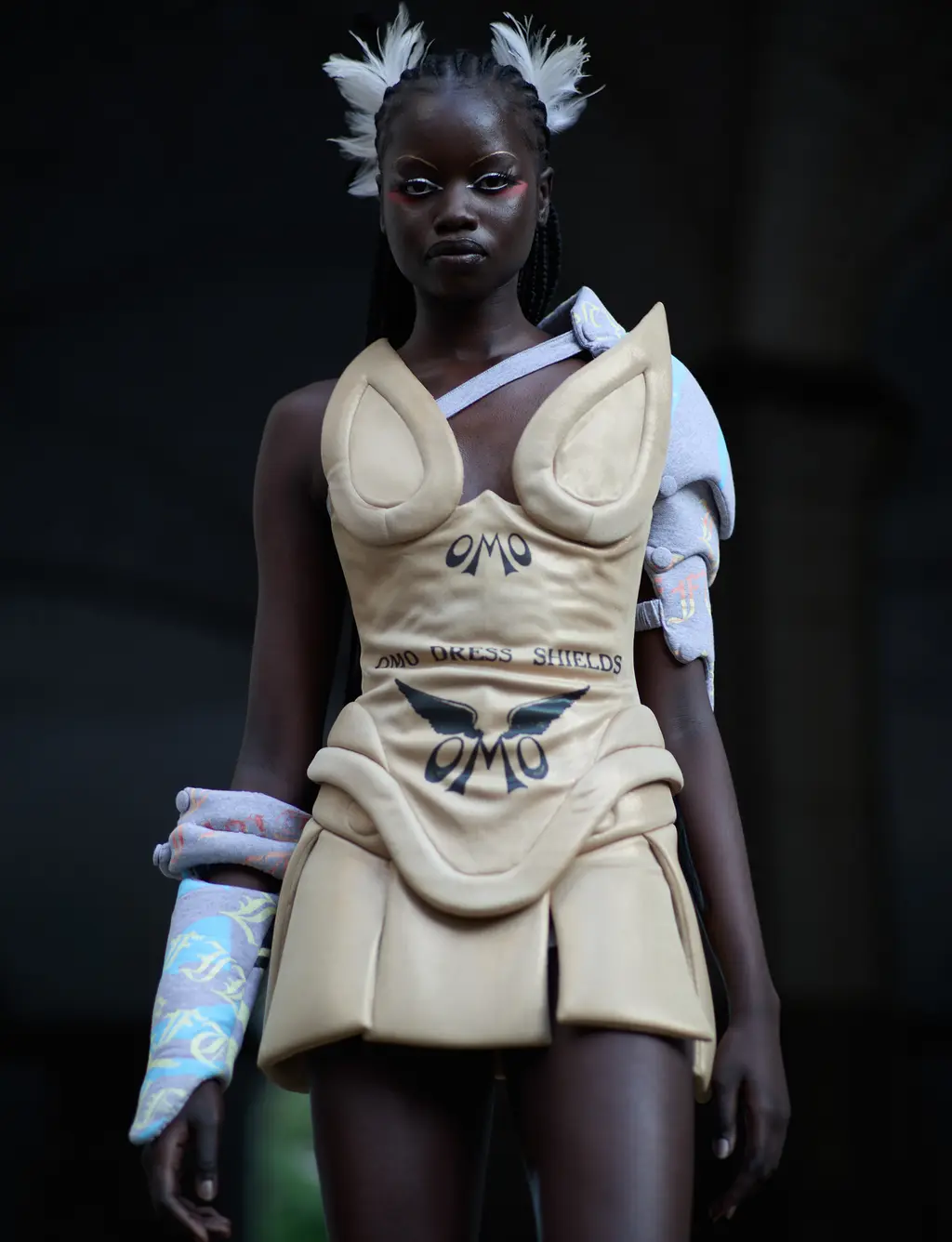
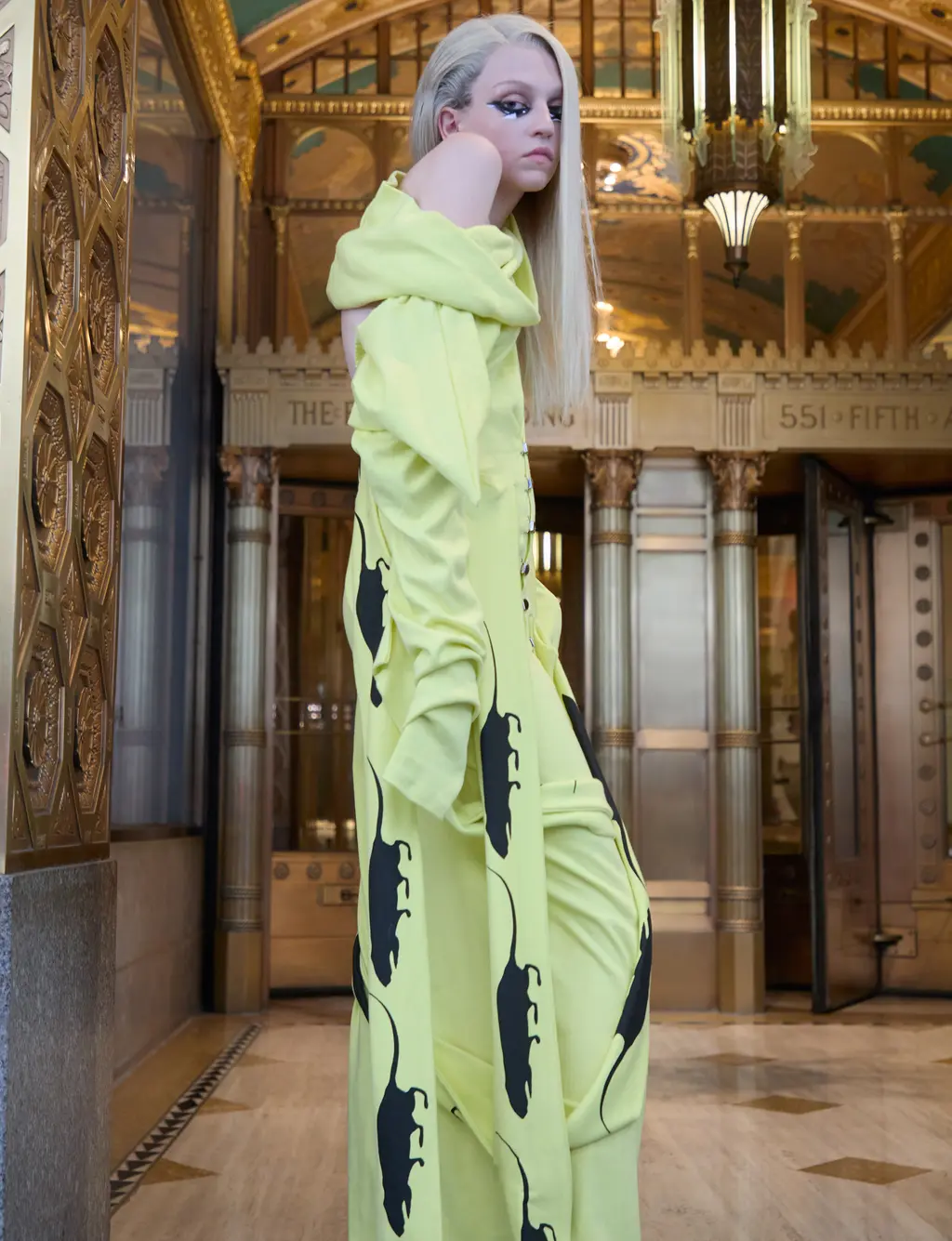
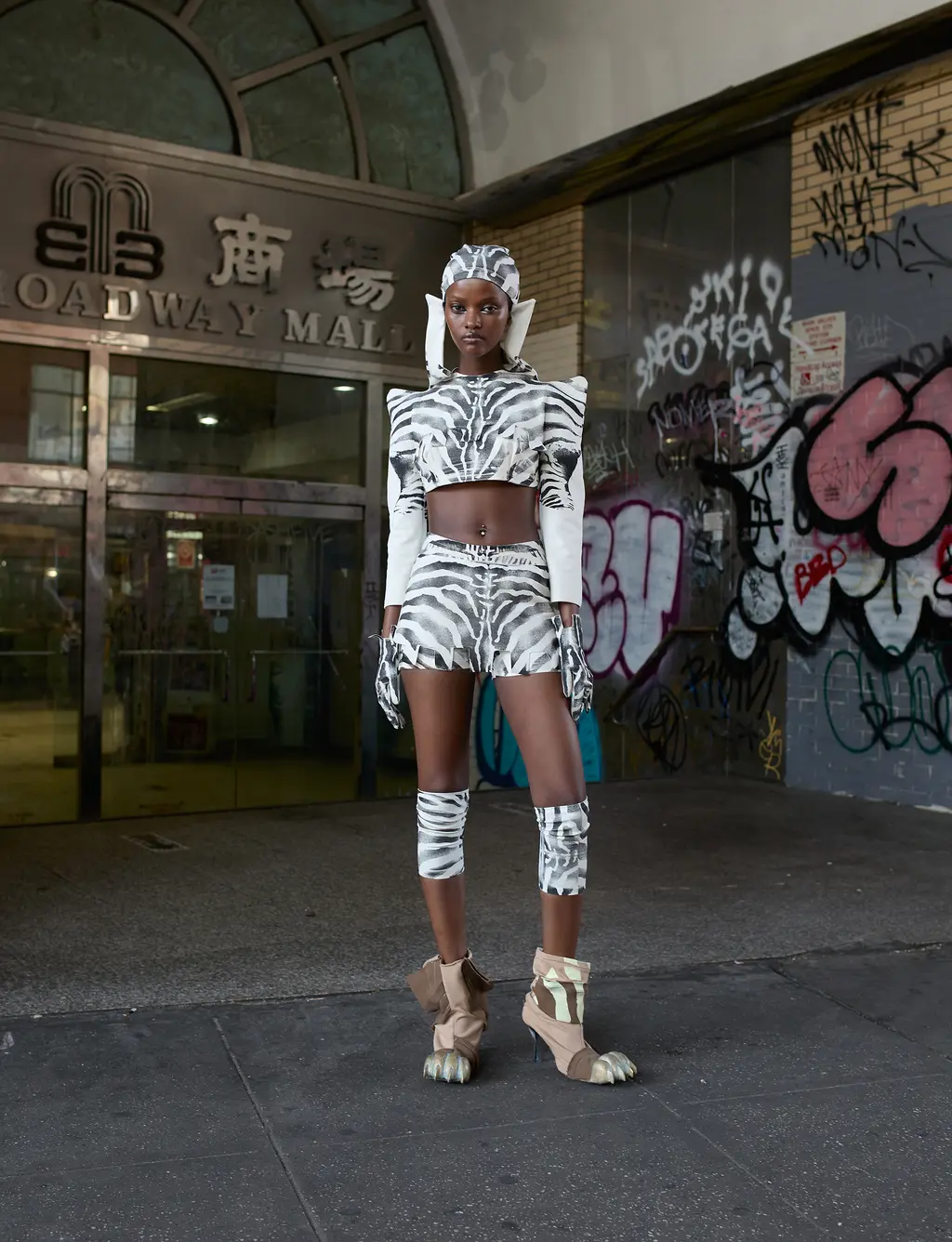
How does running a vintage shop fulfil you in a way that’s different to designing?
A: I feel it is two totally different jobs, but they feel related because a lot of what we buy inspires what we’re making. It’s a back-and-forth conversation. Vintage fashion has played into our design process throughout and is an important part of how we like to dress and present ourselves. It’s also a huge financial burden to produce clothing that’s accessible and wearable without help.
M: It’s hard to be in the garment-making business as a brand. I don’t think financially we would be able to do it and have the money upfront. But having the store [alone] is not a sustainable way to be in the contemporary world, so it makes sense to have things that are already made and be able to sell them. Slowly, we’re trying to make our designs, but we don’t have that pressure to make the most sellable thing ever. It’s maybe a little corny, but I feel like it makes people happy, and it makes life a little better.
As you’ve been dubbed the “future of fashion” – albeit by a randomer in the street! – what interests you in the industry right now?
M: There’s so much more interest in fashion and clothing in a way I only wished there was when I was in high school and college. People understand our language in a way they didn’t before – they thought we were so weird! Now, it’s normal. They want to look different and express themselves, which wasn’t so much of a thing. I’m always excited when young kids come to the store.
A: Fashion can be written off as frivolous or superficial. But there’s something [instinctive] that I see with young people relating to it as a tool of self-expression. That’s so cool.












